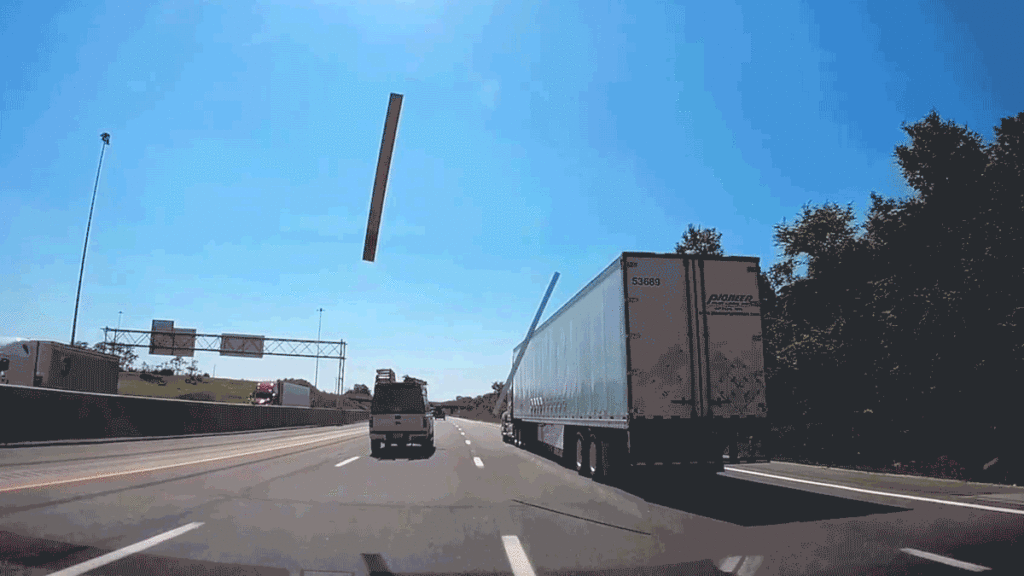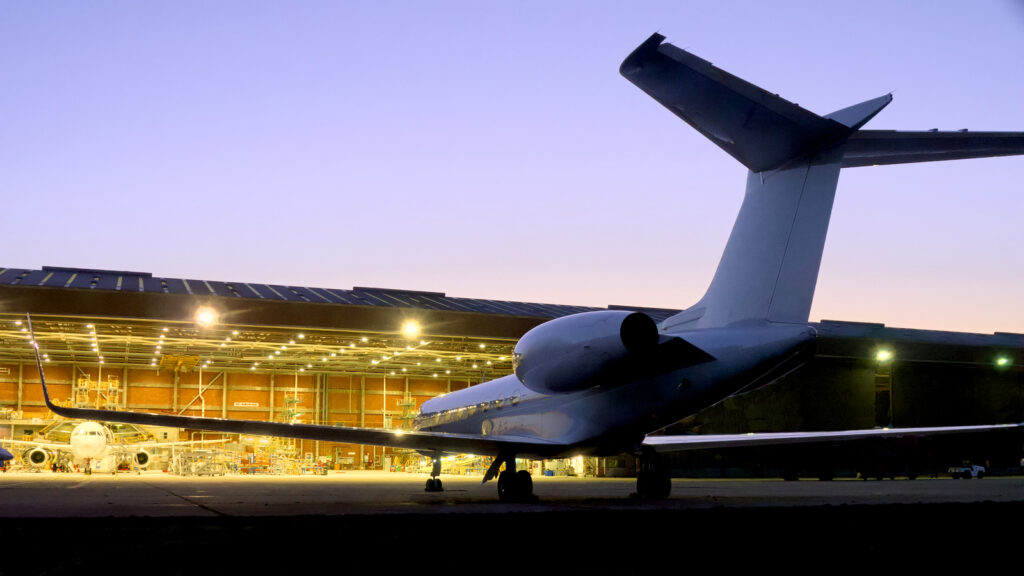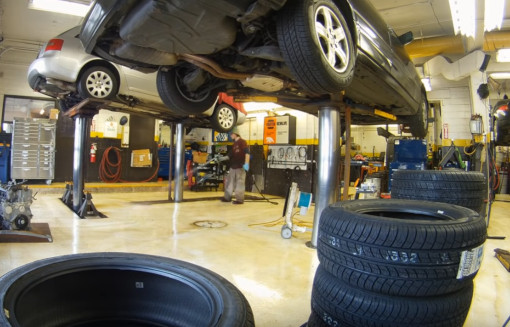Community Collaboration for Aircraft Safety: People Team Up to Search for Debris at Naples Airport

At the Naples Airport, members of the community are invited to join airport staff for their routine FOD inspection. By participating in these inspections, individuals gain a rare opportunity to witness the inner workings of an airport and develop a deeper understanding of the importance of a debris-free environment.
Discovering the Hidden Risks: Community Participation in Naples Airport’s Debris Search
At Naples Airport, a diligent team tirelessly conducts rigorous inspections of the runway, taxiway, and ramps to uncover any potential threats to aircraft safety. Beyond mere compliance with regulations, this collective endeavor embodies a shared dedication to ensuring seamless air travel operations. In an exceptional move that promotes community engagement, the airport extends a unique invitation to local residents twice a year, granting them the opportunity to actively assist in this crucial mission. As participants gather firsthand knowledge on airport operations and walk the runway, they gain a new perspective on the significance of maintaining a debris-free environment.
A Unique Perspective on Airport Operations
For those who participate, the chance to walk a runway and observe the inner workings of an airport from up close is a rare and exciting experience. Neetu Jagasia, an employee at the Naples Airport, eagerly looks forward to the semi-annual searches. She commented, “Not everybody gets an opportunity to do that and be up close and personal to the runway and actually see what’s going on.” The firsthand exposure serves as a powerful reminder of the importance of maintaining a debris-free environment.
Uncovering Unexpected Finds and Promoting Awareness
The Naples Airport has encountered various items during these searches, ranging from misplaced restaurant menus, iPads, garment bags, to even children’s toys. While the most recent inspection yielded only nuts and bolts, it exemplifies the significance of these collective efforts. Even seemingly insignificant debris can pose a risk, potentially leading to damage or compromise in airplane operations. One interesting tradition at Naples Airport is the plan to decorate a Christmas tree with the items found throughout the year. This unique gesture showcases the commitment to raising awareness about FOD (Foreign Object Debris) and reminding everyone that even the smallest objects can have significant consequences in aviation settings.
Original Article: FOX4 News
















